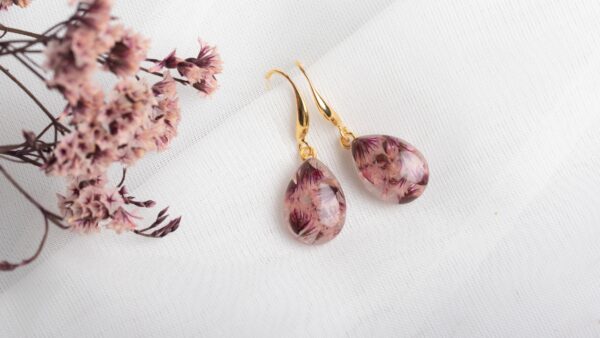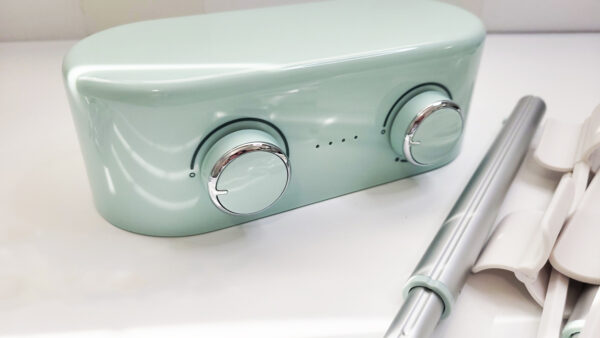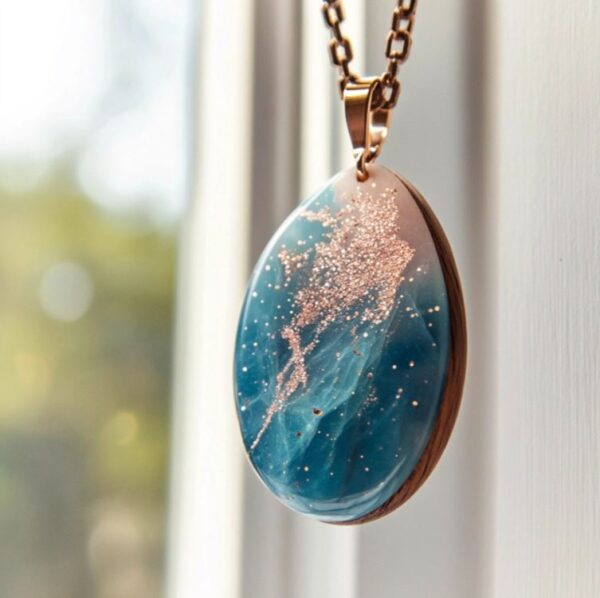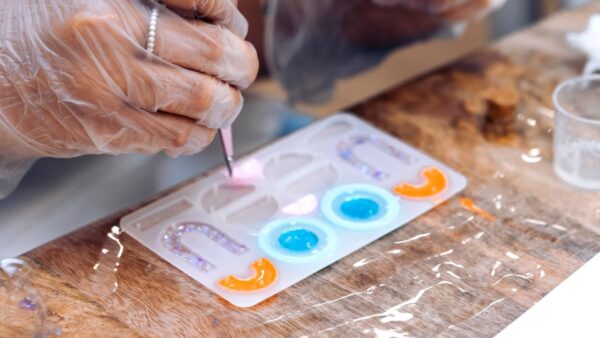how to get uncured resin out of molds
Working with resin can be a rewarding and creative hobby, but dealing with uncured resin stuck in your molds can be a frustrating setback.
Knowing the right techniques to clean your silicone molds is something every resiner should know. It will save time & money so that you can possibly save your mold that has uncured resin in it.
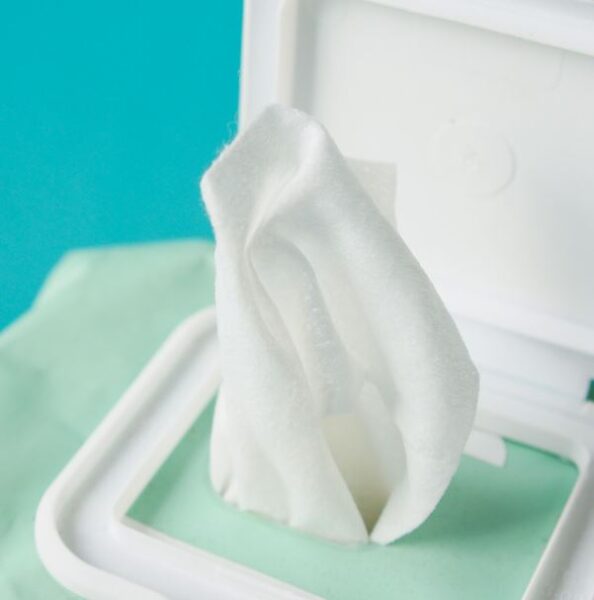
In this article, we’ll explore simple methods to remove uncured resin from your molds along with tips on what to avoid to keep your crafting experience smooth and enjoyable.
how to get uncured resin out of molds
1. Gather Your Supplies
Prepare some warm soapy water, baby wipes, a soft brush, a plastic scraper, and a paper towel. Having these ready will make the process smoother.
Make sure you have on the proper gloves and safety equipment when working with resin so that you do not get resin on your hands and skin.
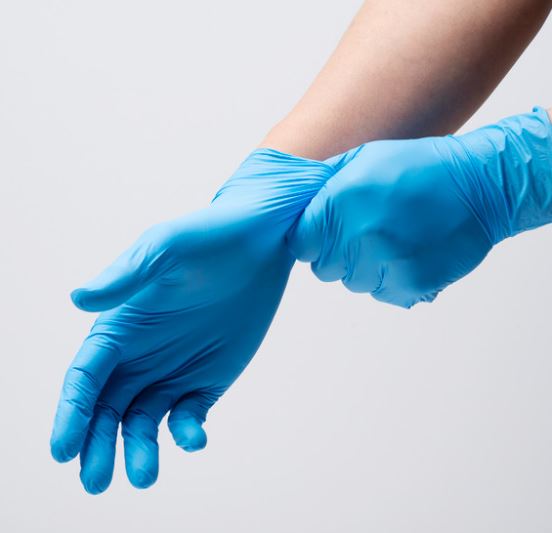
2. Use Baby Wipes
Gently wipe out all uncured resin using baby wipes. Move the wipe in a circular motion to pick up as much resin as possible. Baby wipes are great because they’re soft and moist, which helps lift the resin without scratching or damaging the mold’s surface.
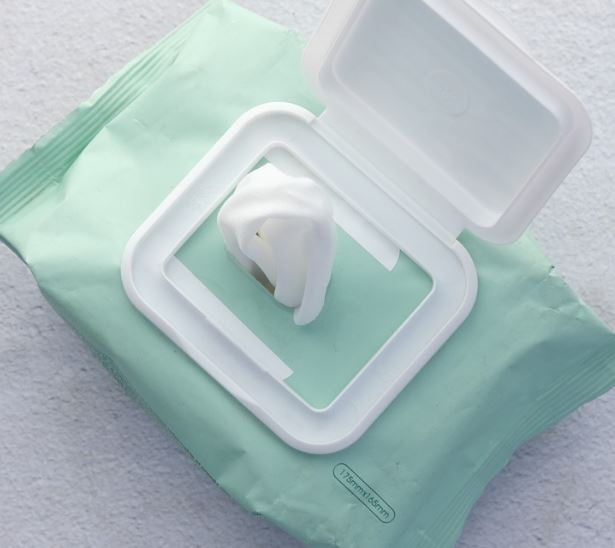
The gentle cleaning agents in baby wipes will help break down the resin, making it easier to remove. If needed, use multiple wipes to help get all the resin out.
3. Warm Soapy Water Soak
Now that all of the resin is out of the mold you can now fill a bowl with warm, soapy water. Place the mold in the water and let it soak for about 10-15 minutes. The soap and warmth will help loosen any remaining resin.
4. Gently Scrub
After soaking, use a soft brush to gently scrub the mold if needed. Be careful not to damage the mold while removing the resin. You can also use a plastic scraper for stubborn spots.
5. Dry molds Thoroughly
Use a clean, dry lint free cloth to thoroughly dry the mold. Make sure no water or soap residue is left behind. Your mold is now ready for use again!
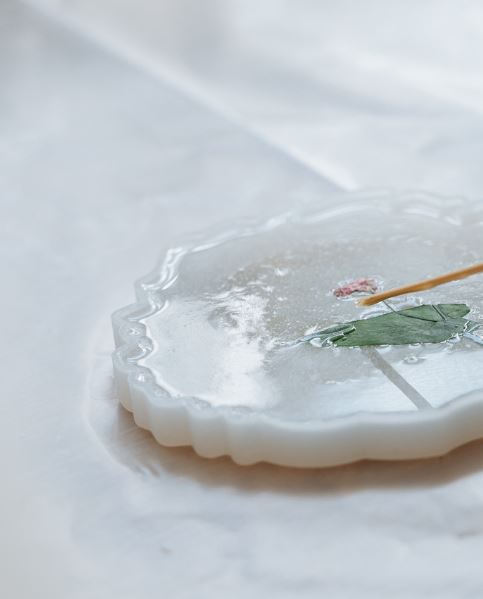
Tips for removing uncured resin from a mold
1. Use a quality silicone for resin
Using a quality silicone mold or cup set is important. High-quality silicone molds offer several advantages over cheaper alternatives.
First, they are more durable and resistant to tearing, which means they can withstand multiple uses without losing their shape or tearing.
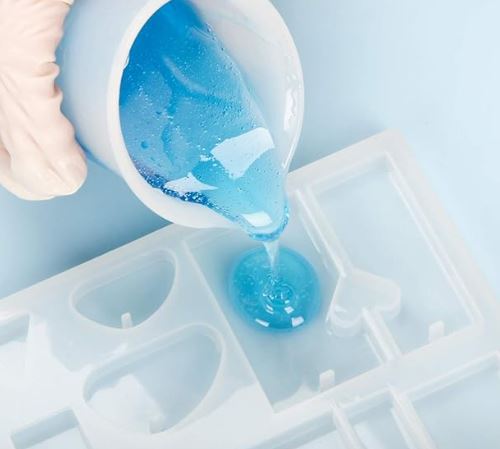
Investing in a good silicone set saves you time and frustration by reducing the risk of mold damage and general waste. And the good news is that they are not very expensive.
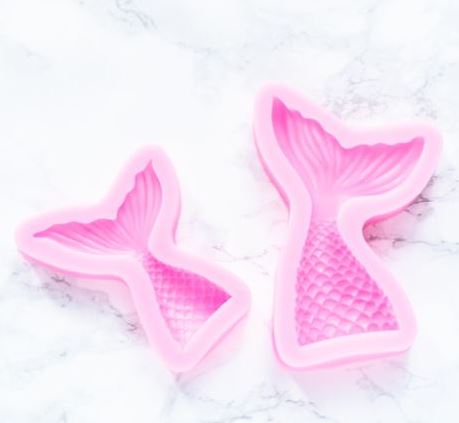
Read our article about the best silicone molds for resin for more info.
2. resin molds should not be frozen
It’s important never to put resin or resin-coated items in your freezer where they can come into contact with food.
Resin materials often contain chemicals and additives that are not food-safe and may leach into food if stored together. See our guide about resin being toxic.

These chemicals can pose health risks if ingested, even in small amounts. Additionally, resin is not designed to withstand extreme temperatures like those found in freezers, which can affect its curing process and structural integrity.
To maintain safety and preserve the quality of both your resin projects and food items, always store resin materials separately from food and adhere to proper storage guidelines recommended by resin manufacturers.
3. why did the resin not cure?
When dealing with resin stuck in molds, it’s important to assess whether you’re simply cleaning up excess resin or if the resin did not cure properly.
Properly cured resin should be hard and solid, allowing you to demold your creations easily without any stickiness or soft spots. If you find that the resin remains tacky, sticky, or hasn’t fully hardened, it may indicate a curing problem.
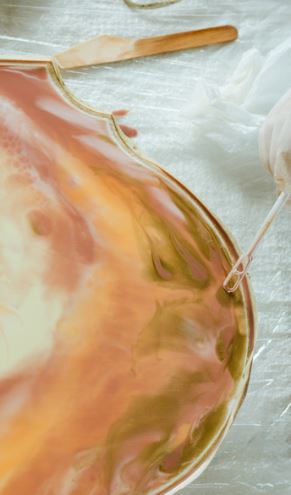
Factors such as incorrect mixing ratios, inadequate mixing time, or environmental conditions like temperature and humidity can all affect resin curing.
For a detailed guide on troubleshooting and preventing resin curing issues, check out our article on what to do when resin doesn’t cure.
4. Avoid isopropyl alcohol
You should avoid using isopropyl alcohol to clean uncured resin out of molds because it can degrade the silicone material over time. This can lead to reduced flexibility and potential tears.
Isopropyl alcohol can also leave behind a residue that might affect the quality of future resin projects.
To keep your molds in good condition and ensure the best results for your crafts, it’s better to use milder cleaning methods like warm soapy water or olive oil and gentle scrubbing.
5. do not use chemicals
Stay away from strong solvents like acetone or bleach. Remember, resin is a chemical and you never want to mix chemicals together.
These strong solvents like acetone or bleach can react with and degrade the silicone material over time, potentially causing it to become brittle, lose its flexibility, or develop tears.
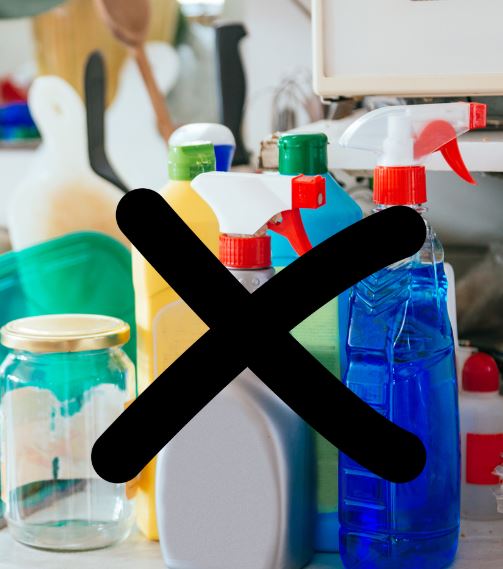
Acetone, for instance, is particularly aggressive and can dissolve silicone, leading to irreparable damage to your molds. Bleach, on the other hand, can weaken the silicone and alter its properties and ruin it.
6. high heat can damage the molds
Using high heat methods, such as using a heat gun or boiling water, can completely destroy your molds.
Silicone molds are designed to withstand moderate temperatures typically encountered during the resin curing process.
However, exposing them to excessive heat from tools like heat guns or boiling water can lead to irreversible damage.
High heat can cause silicone molds to warp, distort, or even melt, permanently altering their shape and rendering them unusable for future resin projects.
7. metal tools can ruin your mold
Avoid using metal scrapers or knives to remove resin. These can scratch your sink and potentially cause further damage.
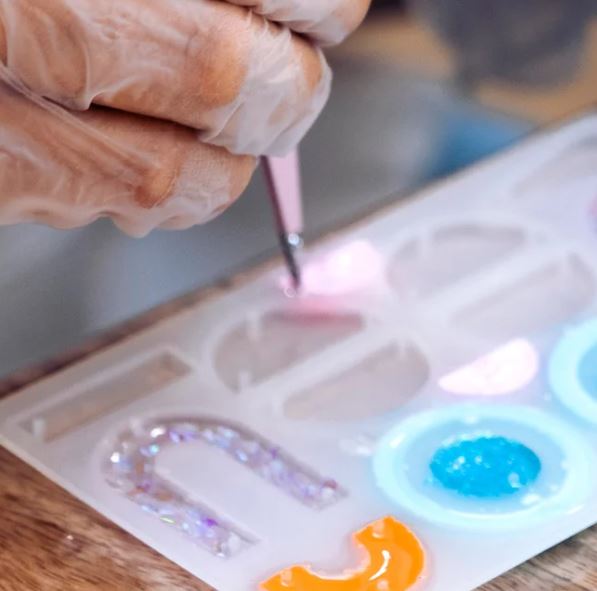
8. Never clean resin in your sink
It’s important to avoid using resin in your sink due to the potential risks it poses to your plumbing and overall hygiene.
Resin is a viscous substance that can adhere to surfaces and harden, potentially causing blockages in your pipes over time.
Once cured, resin can be difficult to remove completely from sink surfaces, leading to buildup that may require professional plumbing intervention to resolve.
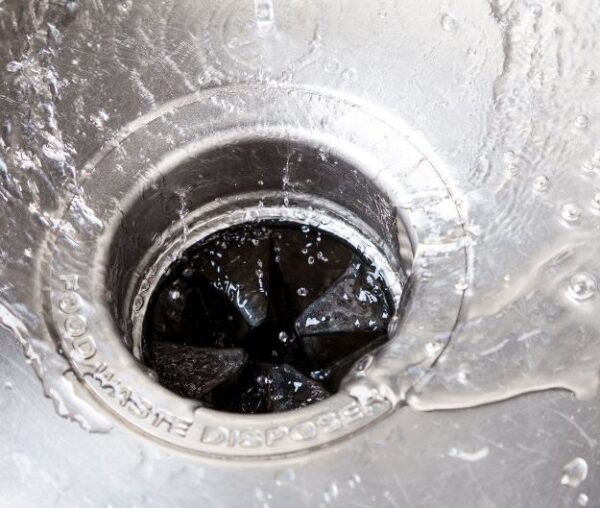
The chemicals and additives in resin are not meant for contact with food or water used for cleaning dishes, posing health risks if they come into contact with kitchen utensils or dishes.
That’s why having a cleaning station with paper towel and wipes is the best way to clean up resin.
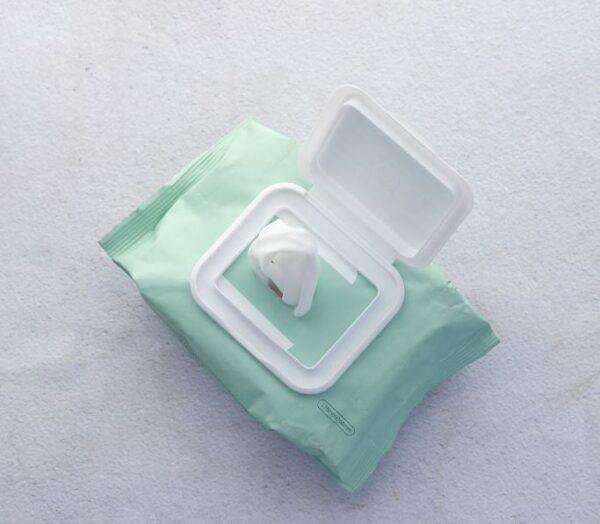
In summary, taking good care of your silicone molds and handling uncured resin carefully are important in resin crafting. Stick to gentle cleaning methods like mentioned above and avoid strong chemicals and high heat.
Always check if you’re dealing with cleaning up resin or a problem with how the resin set. If you run into issues, check out our troubleshooting tips.
Following these steps will help you keep your molds in good condition and make your resin crafting experience smoother. Happy crafting!
Next, check out these fantastic jewelry ideas with resin.

